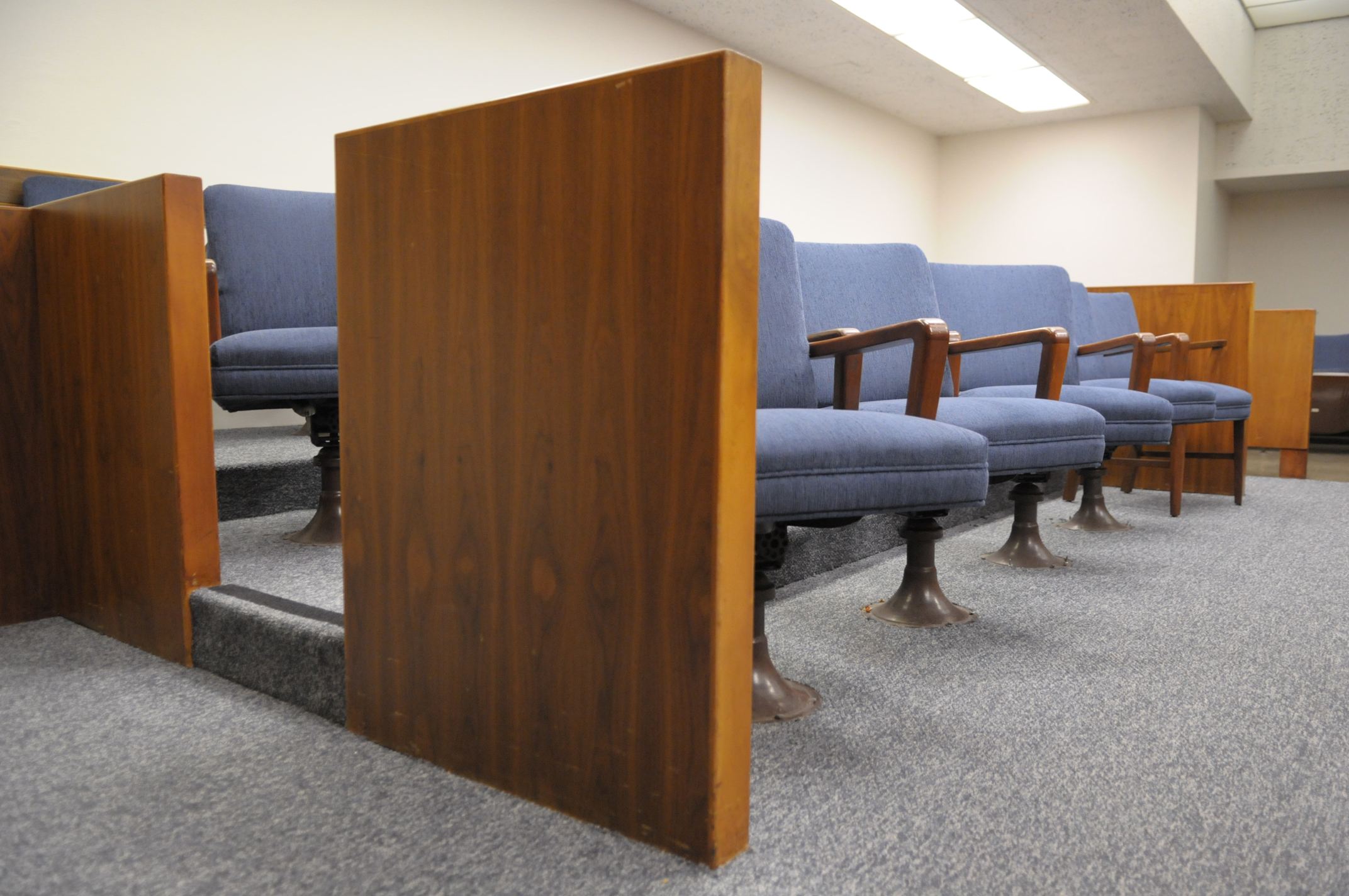
Can a lawyer effectively represent a client with lower-valued claims? The client is nice, cooperative in fact; the facts, straightforward. But the insurance company’s offer barely equals damages — sometimes far less. How a lawyer proceeds can be difficult.
For example, a case worth $15,000, with a pre-litigation offer of $8,000: Does the lawyer file suit, fight through discovery, incur expert costs, and try the case? Just to secure something closer to the reasonable value of $15,000? Or does she or he settle early with few or no costs? Can the decision of how to treat these cases be merely a business decision? What about the client’s legitimate claims — whatever their value?
Legislation, effective in California July 1, 2016, made expedited jury trial (EJT) procedures (CCP § 630.11) permanent. Both California lawmakers and attorneys crafted the bill to try to bring a more affordable, and therefore, more accessible option to litigants with smaller civil cases.
What changes does the new EJT statute present?
- Trial before a jury of no more than eight, with six votes needed for a verdict;
- Each party has five hours to present and argue their case, including voir dire (hence, a maximum two-day trial);
- The parties waive the right to appeal, move for a directed verdict, or make post-trial motions, with limited exceptions;
- Each party is limited to 35 interrogatories, total; and,
- One deposition.
San Diego lawyer Edward “Skip” Babbitt helped pioneer the new mandatory EJT statute; he also has hosted presentations on the procedure and how best to evaluate cases that may fit within the new rules. “The main purpose of the EJT statute, beginning at CCP 630.11, is to streamline smaller cases for the court and reduce litigation costs. It’s a great vehicle for newer attorneys who want to get their first trial experience. In essence, it’s like doing a binding arbitration in front of eight jurors.”
CCP 630.11 does come with some “civility” requirements — lawyers for both parties must be able to cooperate and work together. “The law heavily encourages counsel to stipulate wherever they can to streamline the trial. Each party only has five hours to present its case.” Parties are also encouraged to use CCP 98 — allowing experts to testify by declaration — further to reduce costs in lower-valued cases. Babbitt said that because of the strict time limit, “counsel can simply read the expert’s declarations into the record before the jury and have the declaration admitted into evidence. This alone saves the party expert fees to appear at trial and allows it to stay within the five-hour time limit.”
Although “mandatory” for limited civil cases, CCP 630.11 provides nine exceptions to the expedited trial requirement, carving out a range of cases that would otherwise be subject to the mandate. In any of the following circumstances, either party may “opt-out” of the expedited jury trial process:
- A party seeks punitive damages;
- A party seeks damages in excess of insurance policy limits;
- A party’s insurer provides a legal defense subject to a reservation of rights;
- The case involves a claim reportable to a governmental entity;
- The case involves a claim of moral turpitude that may affect an individual’s professional licensing;
- The case involves claims of intentional conduct;
- The case has been reclassified as unlimited pursuant to Section 403.020;
- The complaint contains a demand for attorney’s fees, unless sought pursuant to a contract; or,
- The court finds good cause for the action not to proceed as an expedited trial.
Additionally, mandatory expedited jury trials are not available in forcible retainer or unlawful detainer actions.
What does a lawyer need to do to invoke this new procedure? Filing a “limited jurisdiction” action automatically triggers CCP 630.11 — subject to the exceptions. Or, parties can stipulate to litigate by the EJT rules to save time and money.
If a lawyer is debating filing a civil action, or has a case to litigate in front of a jury but does not have the resources for traditional costs and experts, the new EJT procedure may work for both lawyer and client — aware, however, of limitations on maximum recovery, limits on appeals and post-trial motions, and discovery ceilings. With these limitations, however, the new statute should provide litigants, previously unable to pursue their claims because of time and cost concerns, access to our courts. That is the goal we all seek.
Joshua Bonnici is the managing attorney for Bonnici Law Group, APC.